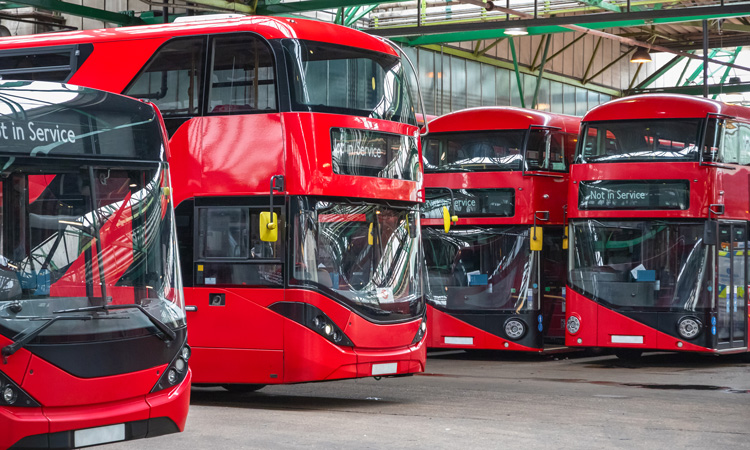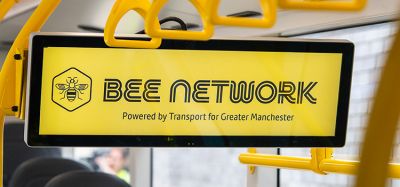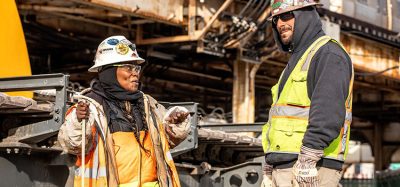Large scale changes planned for London bus network as schools return
- Like
- Digg
- Del
- Tumblr
- VKontakte
- Buffer
- Love This
- Odnoklassniki
- Meneame
- Blogger
- Amazon
- Yahoo Mail
- Gmail
- AOL
- Newsvine
- HackerNews
- Evernote
- MySpace
- Mail.ru
- Viadeo
- Line
- Comments
- Yummly
- SMS
- Viber
- Telegram
- Subscribe
- Skype
- Facebook Messenger
- Kakao
- LiveJournal
- Yammer
- Edgar
- Fintel
- Mix
- Instapaper
- Copy Link
Posted: 28 August 2020 | Sam Mehmet (Intelligent Transport)
The changes, which are said to be some of the most extreme in history, include extra bus services for low frequency routes and designated ‘School Services’ with colour coded passenger systems.


Transport for London (TfL) has sent out a reminder to Londoners of important changes being made to the bus network that aim to make it easier for children, young people and teachers to travel safely on public transport as schools start to return.
The changes, which will see large parts of the bus network operate differently than before, also aim to help accommodate the journeys of the growing number of people returning to their workplaces across London as national pandemic restrictions are gradually eased.
Pre-pandemic, around 250,000 school children used London’s buses daily to get to and from school and, to ensure that they can safely return, TfL is asking schools and parents to encourage walking, cycling or scooting to travel to school wherever possible, with an extensive communications campaign having been launched to encourage people to do so.
From Tuesday 1 September, TfL will:
- Designate some existing regular buses as School Services on high frequency routes, which are prioritised for school travel and can operate at full seated capacity consistent with Government guidelines
- Add more than 230 extra buses as School Services to bolster some of the busiest lower frequency routes that are highly used by schoolchildren, including adding more vehicles to its existing school bus services.
All buses designated for school travel will carry prominent “School Service” signs to indicate that people not travelling to school should not use them. Other buses on those routes with some school services and some non-school services will have red signs to differentiate them from School Services and show schoolchildren to avoid boarding them. Information will also be available online and will be posted at relevant bus stops in the biggest bus stop poster campaign in TfL’s history.
Based on a risk assessment of school travel and the use of face coverings, TfL is able to increase the capacity of these buses to allow all available seats to be occupied on dedicated School Services. This will mean that the bus network can carry more children to school while still freeing space on non-school buses for other customers.
Customers aged 11 or over are required to wear a face covering when using public transport services (including non-School Services) or stations, or taxi and private hire services, unless they are exempt. TfL has advised anyone exempt from wearing a face covering to carry an exemption card, with further details being available on TfL’s website.
Gareth Powell, TfL’s Managing Director of Surface Transport, said: “We are doing everything we can to get children and young people back to school as well as supporting their teachers and other school staff and people returning to their workplaces after the summer break. Changes on this scale have never been made to the bus network before and we need everyone to do their bit to ensure children can safely return to school. It will greatly help if people can travel outside the peaks or walk, cycle or scoot wherever they can.
“Our transport network is the cleanest it has ever been, with extensive and frequent cleaning taking place, and our staff and police colleagues are out across the network to help and to ensure everyone understands the rules on face coverings.
“September is always a challenge on the bus network and, given the circumstances, customers may need to wait a bit longer to board buses. But with these new measures and the extra buses we are providing, and with everyone playing their part, we can ensure that everyone can reliably and safely get where they need to be, and London can continue to recover from the pandemic.”
Related topics
COVID-19, Fleet Management & Maintenance, Passenger Accessibility, Passenger Experience, Public Transport, Vehicle & Passenger Safety
Related modes
Bus & Coach
Related cities
London
Related organisations
Transport for London (TfL)
Related people
Gareth Powell








